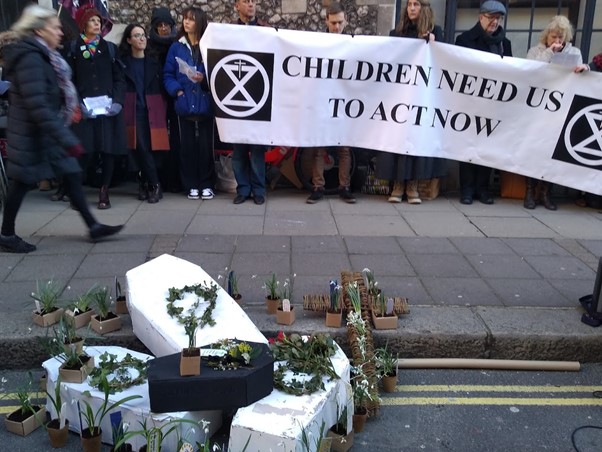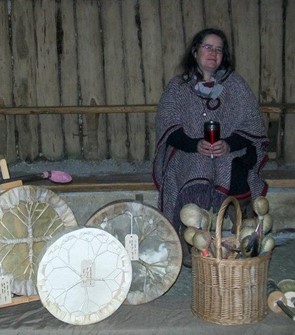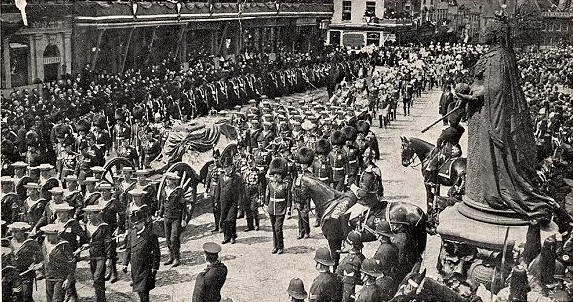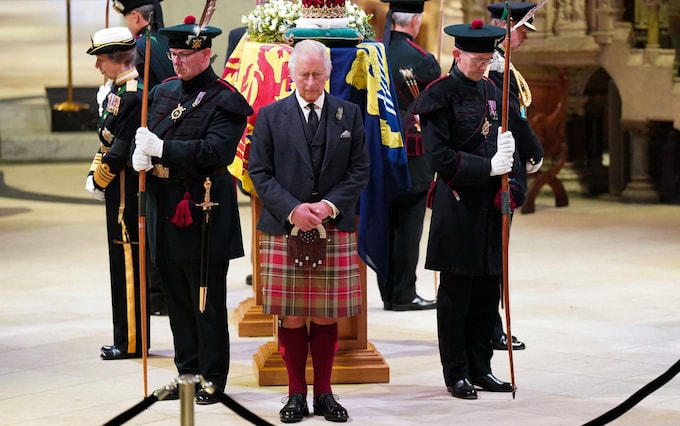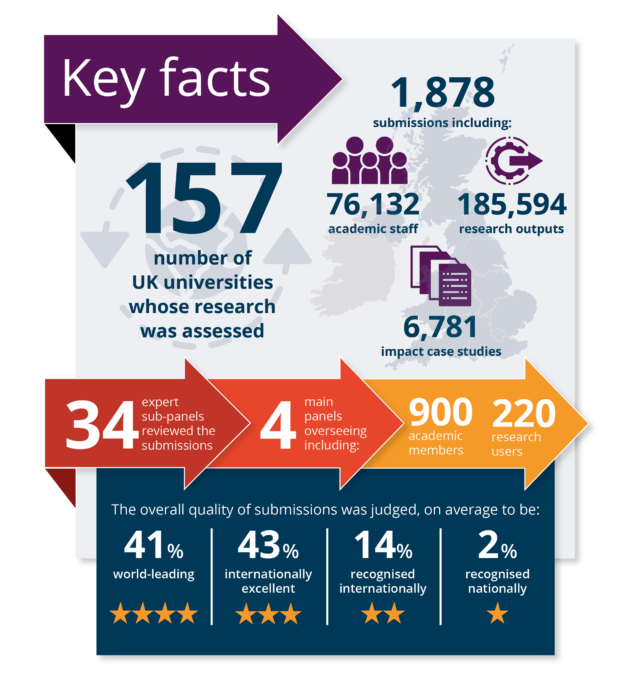Jessica Giles, Open University Law School
As hopes and resolutions for the New Year remain fresh and strong, the tradition of pilgrimage has much to teach us. As we venture to fulfil the promise that the New Year brings, our 2023 journey is laden with baggage from the global Covid-19 pandemic and the war in Ukraine. The concept and practice of pilgrimage can give us vision, build resilience, and provide us with the courage needed to sustain the hope and fulfil the promise of a better year.
As the world went into lockdown during the pandemic, the undertaking of a pilgrimage, like any trip for that matter, was consigned to the ‘to do list’. This was particularly poignant for travellers from across the globe intending to make their expedition to the village of Oberammergau in Bavaria, Southern Germany. It was there that the 2020 decennial Oberammergau Passion Play had been due to take place.
The Passion Play was first enacted in 1634 as a commitment of faith by the local community in response to prayer in 1633 for the ending of the black death. The villages saw their prayers answered and so committed to perform Christ’s Passion every ten years, commencing in 1634. The forty-second Passional Play was finally performed in Spring and Summer of 2022, having been postponed from 2020. During its four-hundred and eighty-year run only two seasons have been missed and two have been delayed. The play was banned in 1810 by the King of Bavaria, Maximillian I and his minister Maximillian Karl Joseph Franz de Paula Hieronymous de Garnerin de la Thuile, Count von Montgelas, as they enforced secularisation and brought the church under the control of the state. The 1940 season was cancelled due to World War II. The play was delayed once in1920 due to the aftermath of World War I and the Spanish ‘Flu pandemic and again in 2020. It was with renewed understanding of the origins of the villagers’ commitment to the Passion Play, that the pilgrims made their way to Oberammergau in 2022.
The 2022 pilgrims faced a far more complex pilgrimage to Oberammergau than that experienced in recent decades of the play. They underwent something of the disruption felt on other pilgrim routes in Northern Europe that had more recently seen a revival (Bowman et al (2020).
The period of preparation prior to the start of the physical travelling to Oberammergau was littered with uncertainty as to when the ultimate goal of the pilgrims’ journey was actually going to take place. Initially, Covid-19 isolation prevented any performances occurring for an unknown period. A decision of the Administrative District Office of Garmisch-Partenkirchen of March 19, 2020, prohibited the performance of the Passion Play. As isolation impacted communal religious gatherings, the decade long spiritual journey with its anticipated climax in the five-hour performance of the passion was ultimately extended by two years. Pilgrims waited patiently to enjoy the communality of a shared journey and the spiritual transformation that occurs in watching the 2000-strong cast production. The uncertainty and delay created a new space for self-reflection and contemplation, in anticipation of the spiritual and physical movement towards their goal. A depth of resilience and self-motivation was needed to keep sight of it. Many of the original groups intending to travel together were significantly reduced in number as Covid-19 took its toll. Yet new groups were formed, bringing together strangers for the first time.
Those newly formed groups that did finally make it to Oberammergau had particular reason to visit the Catholic Church in the village where a record of the daily deaths resulting from the black death 400 years earlier are kept. With images of TV headlines on daily Covid-19 pandemic death tolls in mind, this was a place for pilgrims to reflect on the many who were ultimately not able to make the journey. As philia (friendship) and storge (familial love) were joined with more abundant agape (sacrificial love), strangers joined together to re-examine their understanding of God’s grace. Also, to ponder what love for their fellow humans meant. The more comfortable pilgrimage with trusted family and long-held friends had been replaced with travel and communion with strangers.
Yet in all this there was something inexpressibly joyful about arriving in the small village in Southern Bavaria. Our own group of Scots, Bahamians, former missionaries, and those from the South of England not only delighted in each other’s company, but also enjoyed the incredible hospitality of the villagers. Our group was billeted with one of the passion play’s co-authors, Otto Huber, whose walls were littered with photos of generations appearing in the play. One has to be born in the village or to have lived there for 20 years in order to secure a role. Rather like the traditional way of receiving one’s degree results, the allocation of roles is posted on a notice board for villagers to see whether their preference has been accepted by the director.


